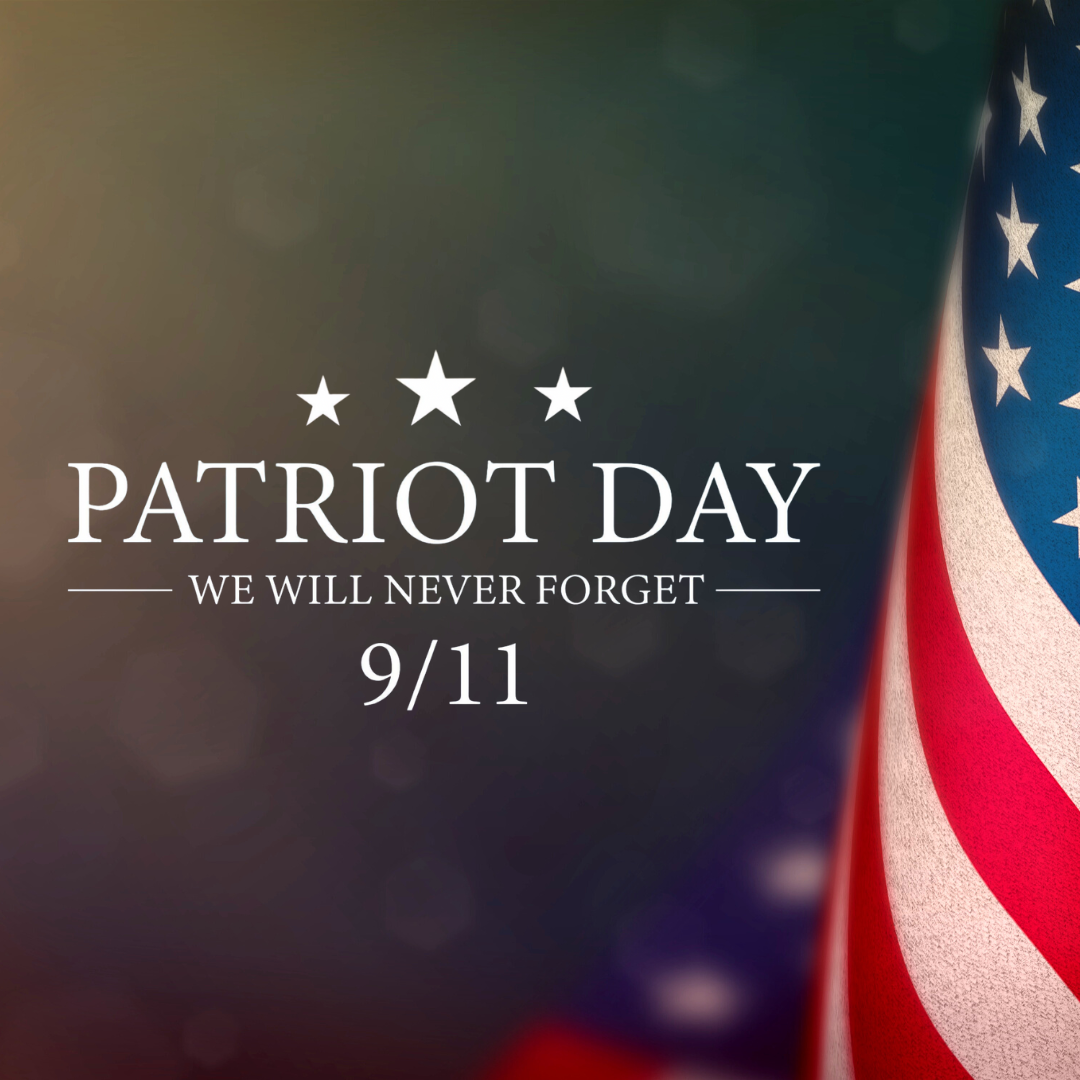Where Were You on September 11?
Each year on Patriot Day, we remember the horrific attacks of September 11, 2001, that took the lives of 2,977 innocent people. The reality that 22 years have passed since that tragic day seems almost unreal. For most of us, the precise moment when we heard about the planes crashing into the World Trade Center towers is seared into our minds, an indelible part of our personal histories.
One person who documented his whereabouts that morning was David Friel, a former commercial and naval aviation pilot assigned to fly from St. Louis to San Francisco that fateful morning in 2001. While awaiting take-off in his aircraft’s cockpit, Friel’s flight crew was alerted about the attacks. He noted in his journal that the sky was “clear all the way to the East Coast.”[1]
Without much information, Friel and his crew were confused how two separate airplanes could crash into the World Trade Center towers. As he received more information, Friel scribbled the flight numbers of the hijacked aircrafts, their points of departure, and their intended destinations in his journal. It wasn’t long before the FAA grounded all flights, leaving Friel’s plane on the tarmac for hours as other diverted flights made impromptu landings in St. Louis. While waiting, he tried many times to call his wife, but as many of us remember, cell lines were overwhelmed, and it was difficult to reach anyone by phone.
All pilots maintain flight logs that usually include the date, aircraft identification, flight time, visual flight conditions, and to/from locations. However, during his final few years of flying, Friel also kept a flight journal to elaborate on the details of his flying experience, including the aircraft weight, number of passengers, name of the copilot, and any memorable events that happened during his flights.
As the events of 9/11 unfolded, Friel took detailed notes in his journal to share his experience with friends and family. Recently he donated these writings to the 9/11 Memorial & Museum in New York City to allow a broader audience to learn about that day through his eyes.
The stories of survival, heroism, and resilience that emerged from the wreckage of 9/11 continue to inspire generations. People trapped in the towers helped one another amid chaos while first responders risked their lives to save others. Their actions are a testament to the strength of the human spirit and the capacity to find hope in the darkest times.
Now, as we mark the twenty-second anniversary of this tragic day, we’re reminded that while time has moved on, the scars remain. Time has a way of dulling even the most vivid memories. By remembering 9/11, we preserve the collective memory of the day’s events and the raw emotions felt globally. This memory serves as a reminder of the unity that emerged in the aftermath of the attacks. It reminds us of how people from all walks of life came together to support one another, reaffirming the strength of the human spirit in times of crisis.
In the immediate aftermath of the attacks, fear gripped the nation. But it was in that shared vulnerability that America found its strength. People came together, united in grief and resilient in the face of adversity. There was a resurgence of national pride—a newfound unity that transcended boundaries, celebrating the indomitable spirit of a nation.
As the sun rises each September 11, we stand in solidarity, mindful of the past and committed to fostering a future of unity, empathy, and hope. Beyond the sadness and heartache, the act of remembering is a tribute to the lives lost, a commitment to learning from history, and a declaration of our shared humanity. It’s a solemn promise to honor the past by building a better, more compassionate future. Remembering ensures that the events of 9/11 continue to shape our collective consciousness and guide us toward a world of understanding, peace, and resilience.
[1] source: 9/11 Memorial & Museum
